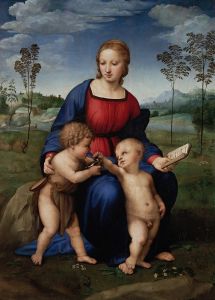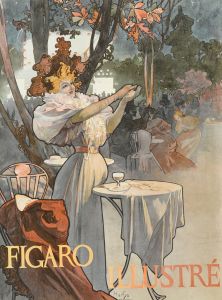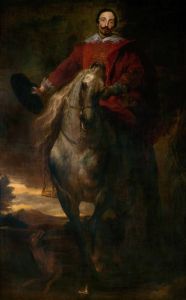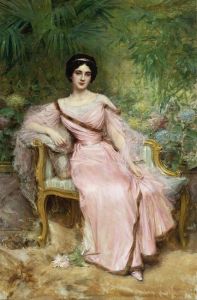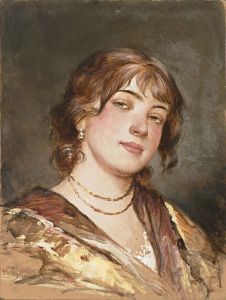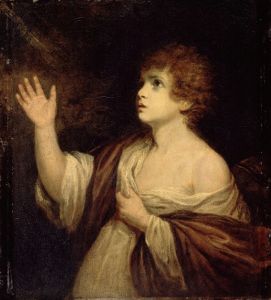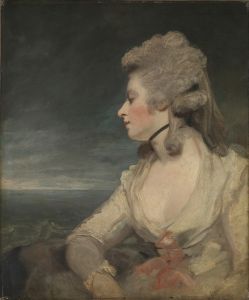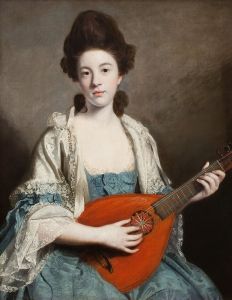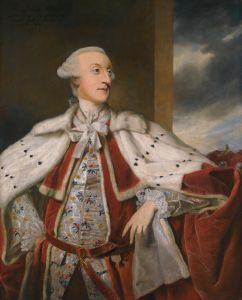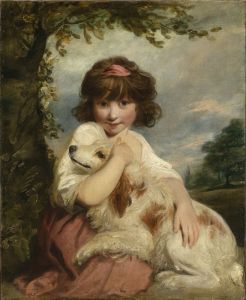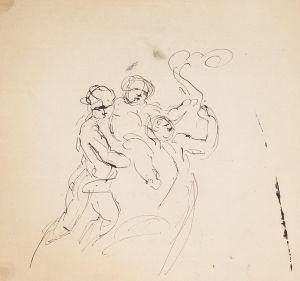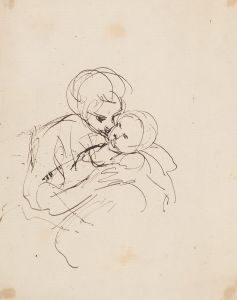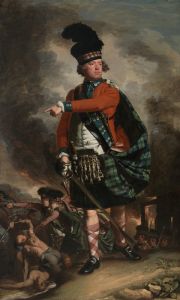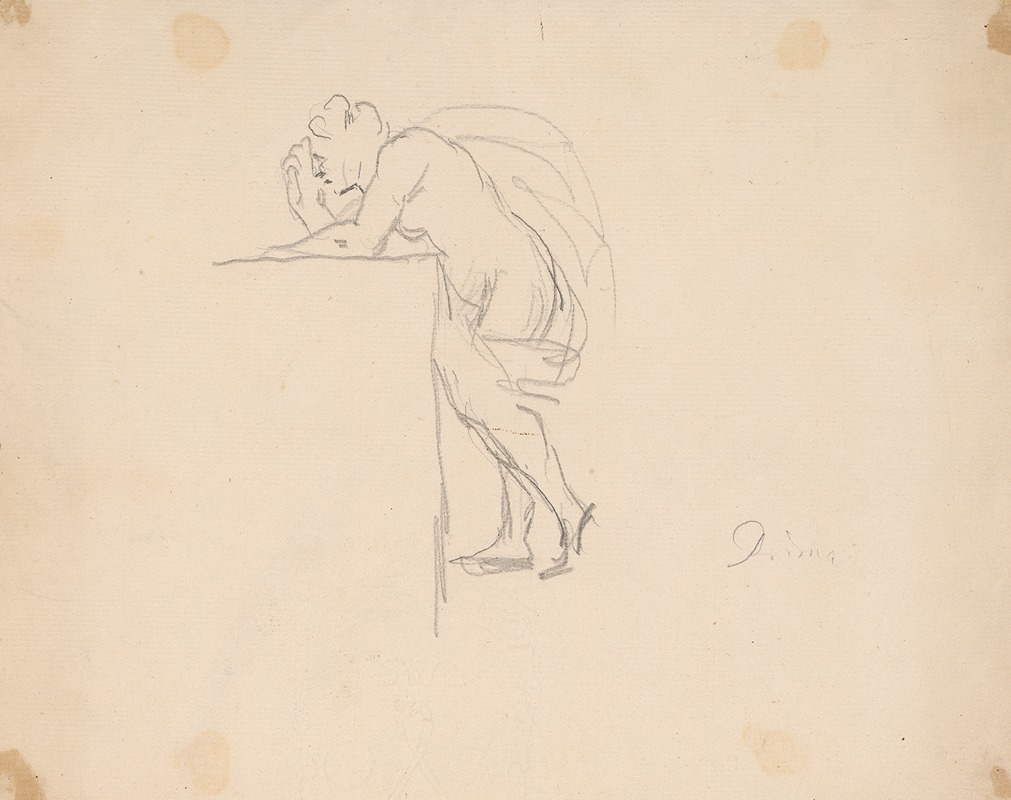
Figure Leaning
A hand-painted replica of Sir Joshua Reynolds’s masterpiece Figure Leaning, meticulously crafted by professional artists to capture the true essence of the original. Each piece is created with museum-quality canvas and rare mineral pigments, carefully painted by experienced artists with delicate brushstrokes and rich, layered colors to perfectly recreate the texture of the original artwork. Unlike machine-printed reproductions, this hand-painted version brings the painting to life, infused with the artist’s emotions and skill in every stroke. Whether for personal collection or home decoration, it instantly elevates the artistic atmosphere of any space.
Sir Joshua Reynolds (1723–1792) was a prominent English painter and one of the leading portrait artists of the 18th century. He was a founding member and the first president of the Royal Academy of Arts. Reynolds is known for his grand style of portraiture, which often incorporated elements of classical art and emphasized the dignity and grace of his subjects.
"Figure Leaning" is one of the many works attributed to Sir Joshua Reynolds. This painting exemplifies Reynolds' skill in capturing the human form and his ability to convey a sense of character and emotion through his subjects. The artwork features a figure in a relaxed pose, leaning slightly, which showcases Reynolds' mastery of composition and his understanding of human anatomy.
Reynolds often employed a technique known as "Grand Manner" in his portraits, which aimed to elevate the sitter by incorporating classical references and a sense of nobility. This approach can be seen in "Figure Leaning," where the figure's posture and expression suggest a calm and contemplative demeanor, imbuing the subject with a sense of importance and refinement.
The use of light and shadow in "Figure Leaning" is characteristic of Reynolds' work, highlighting the contours of the figure and creating a sense of depth and volume. Reynolds was known for his ability to manipulate light to enhance the three-dimensionality of his subjects, and this painting is no exception. The careful rendering of the figure's clothing and the subtle play of light across the fabric further demonstrate Reynolds' attention to detail and his technical proficiency.
As with many of Reynolds' portraits, "Figure Leaning" likely served both as a personal memento for the sitter and as a demonstration of the artist's skill. Portraits during this period were often commissioned by wealthy patrons who sought to immortalize themselves or their loved ones in a manner that conveyed their social status and personal virtues. Reynolds' ability to capture the essence of his subjects made him a sought-after portraitist among the British aristocracy and intellectual elite.
While specific details about the identity of the sitter in "Figure Leaning" and the exact date of its creation are not readily available, the painting remains an important example of Reynolds' work and his contribution to the art of portraiture. Reynolds' influence on British art was profound, and his legacy continues to be celebrated in art history.
In summary, "Figure Leaning" by Sir Joshua Reynolds is a testament to the artist's skill in portraiture, his use of the Grand Manner style, and his ability to convey the dignity and character of his subjects. The painting reflects Reynolds' mastery of light, composition, and detail, making it a significant piece within his body of work.





